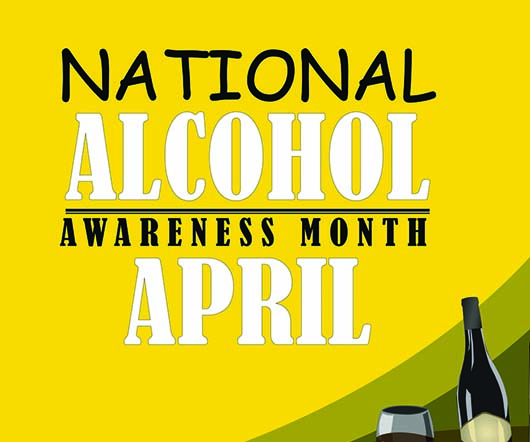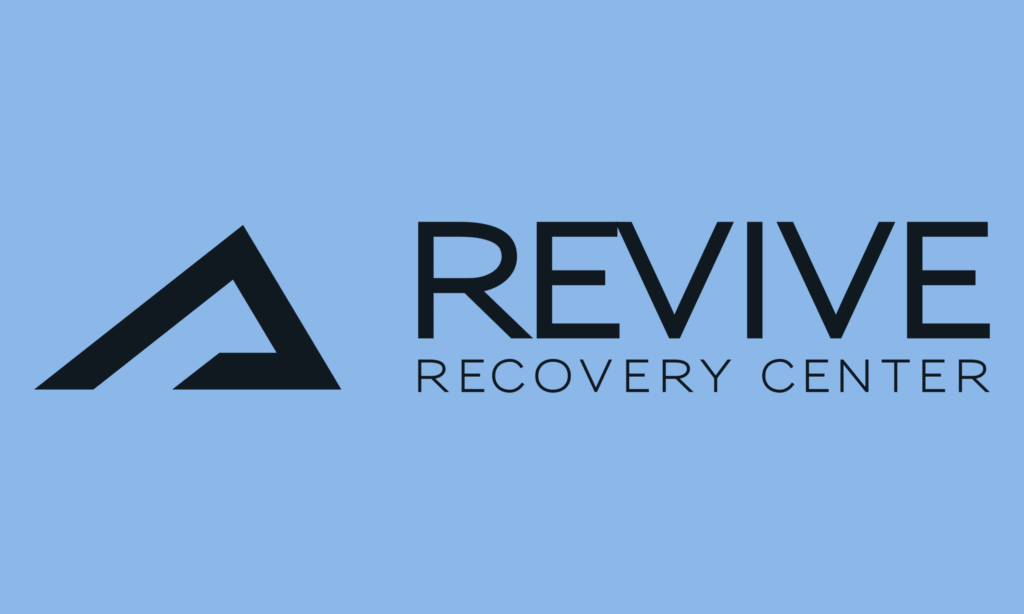According to SAMHSA’s latest Behavioral Health Barometer, released Monday, more patients are receiving medication-assisted therapy. Between 2011 and 2015, methadone use increased by 16%, with nearly 357,000 people now receiving...
According to SAMHSA’s latest Behavioral Health Barometer, released Monday, more patients are receiving medication-assisted therapy. Between 2011 and 2015, methadone use increased by 16%, with nearly 357,000 people now receiving the medication, and use of buprenorphine more than doubled, with nearly 76,000 people now receiving the medication.
Treatment delivery for substance use disorders still falls short overall, considering the size of the population in need of care.
According to SAMHSA, in 2015, only 11% of the 7.7 million individuals identified with illicit drug use (including heroin, marijuana and misuse of prescription drugs) were receiving specialized treatment—about 850,000 people. The administration is unable to track the historic trend for this number because of a change in survey methodology for this year’s update, but it’s clear that the key barrier to treatment remains the perceived lack of need for it. More than 82% of those with the disorder didn’t believe they required treatment.
“Among people with illicit drug use disorder in the past year, only 11% received treatment in a specialty facility,” says researcher Beth Han, MD, PhD, MPH, of SAMHSA. “The rate is low because people don’t recognize the problem.”
Han says that even though the illicit drug use data can’t be compared to past measures, SAMHSA will continue tracking the trend into the future. Data comes from the 2015 National Survey on Drug Use and Health.
The barometer also indicates that an estimated 12.5 million individuals misused a prescription pain reliever in the past year, and the age group reporting the highest incidence of misuse was 18-to-25 year-olds. Among pain relievers, hydrocodone and oxycodone products were most often misused.


























